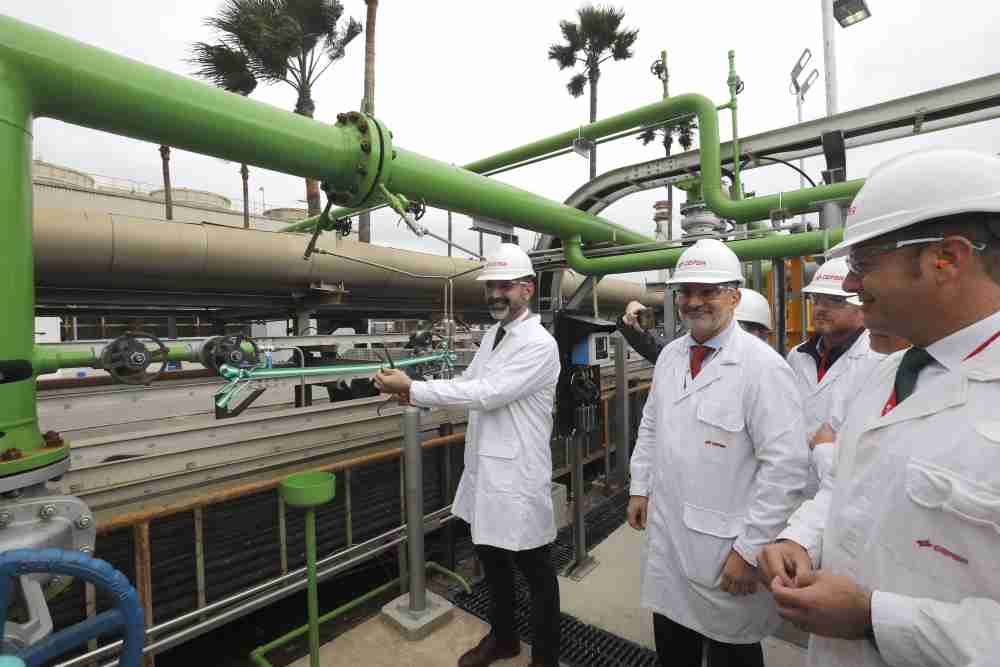

Turning Seashells into Solutions: A Breakthrough in Singapore's Ocean-Based Carbon Removal Plant
On the shores of west Singapore, an initiative is underway. In Tuas, a startup is constructing a revolutionary plant set to combat climate change head-on. But this isn’t just any facility; it’s poised to become the world’s largest ocean-based carbon dioxide removal plant.
Equatic, born out of the University of California at Los Angeles, envisions a future where carbon dioxide is not just captured but transformed into valuable resources. Their process involves harnessing the power of seawater and air to create a material akin to seashells and produce clean hydrogen fuel simultaneously.
The concept is simple yet profound. By leveraging the natural chemistry of the ocean, Equatic’s plant will extract carbon dioxide from seawater through a series of chemical reactions, ultimately storing it as minerals. These minerals, akin to seashells, can either be reintroduced to the ocean or repurposed for various land applications.
In a world grappling with the consequences of climate change, initiatives like Equatic’s offer a glimmer of hope. With global efforts to curb emissions falling short, the need for innovative carbon removal solutions has never been more urgent.
However, such efforts are not without controversy. Critics argue that carbon removal projects, particularly those involving the oceans, are expensive, unproven at scale, and divert attention from the root cause—fossil fuel consumption. Moreover, the intricate ecosystems of the ocean are already under immense stress from climate change, raising concerns about unintended consequences.
Equatic acknowledges these challenges but remains steadfast in its commitment to sustainability. The company’s technology, tested in small-scale projects in Los Angeles and Singapore, operates with three primary components: seawater, rocks, and electricity. Through a carefully orchestrated process, carbon dioxide is extracted and transformed into valuable resources, all within a controlled environment.
The plant’s operational efficiency is matched only by its scalability. Equatic plans to expand its capacity significantly in the coming years, with ambitions to remove millions of metric tons of carbon dioxide annually by the end of the decade. This scalability, coupled with modular design principles, ensures that the technology can be deployed worldwide, offering a scalable solution to a global problem.
Houston headquartered Syzygy Plasmonics has announced the beginning of Front-End Engineering and Design (FEED) with…
State owned THDC India Limited (THDCIL) has announced the successful commencement of COD process of…
The Uttar Pradesh government is preparing to launch the Uttar Pradesh Sustainable Aviation Fuel (SAF)…
India’s cooperative sugar industry is urging the government to revise ethanol procurement prices and extend…
The Indian Biogas Association (IBA) has announced a key step taken to boost biofuels sector…
In a key development that would bolster the development of green hydrogen in the North…